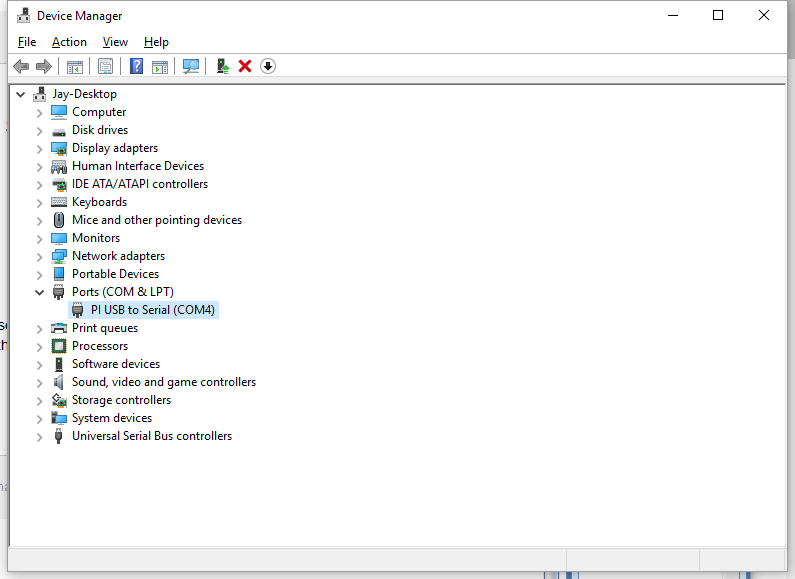

In the Client's “Remote Desktop Connection” Local Resources then click More Modified on: Thu, 21 Apr, 2022 at 7:12 PM

By default, the system creates a session bookmark to the server defined in the Host box and displays it to all users assigned to the role specified in the Roles tab.Solution home System Five Functionality Server/Network Configuration How to redirect ports to terminal services

If you want to enable intermediation using a Java client, select Enable Java support and then specify which Java client the system should use.Select the Cre ate an access control policy allowing Terminal Service access to this server check box to enable access to the server specified in the Server Port box (enabled by default).(By default, the system populates this box with port number 3389.) Enter the port on which the terminal server listens in the Server port box.When entering the server, you may enter a hostname or IP address. Specify the server and port to which this resource profile should connect in the Host field.(This name becomes the default session bookmark’s name.) Enter a unique name and optionally a description for the resource profile.Select Windows Terminal Services from the Type list.Or select an existing profile from the list.

In the admin console, select Users > Resource Profiles > Terminal Services.To create a Windows terminal services resource profile: However, the true multi-monitor and bidirectional audio features of RDP7 are not supported with this release. Users can use RDP7 features through the Juniper Networks terminal services if an RDP7 client is present. This topic describes how to configure a terminal services resource profile that enables access to a Windows terminal server using an RDP client. You are here: Pulse Connect Secure > Pulse Connect Secure Administration Guide > Remote Access > Terminal Services > Configuring a Windows Terminal Services Resource Profile Configuring a Windows Terminal Services Resource Profile


 0 kommentar(er)
0 kommentar(er)
